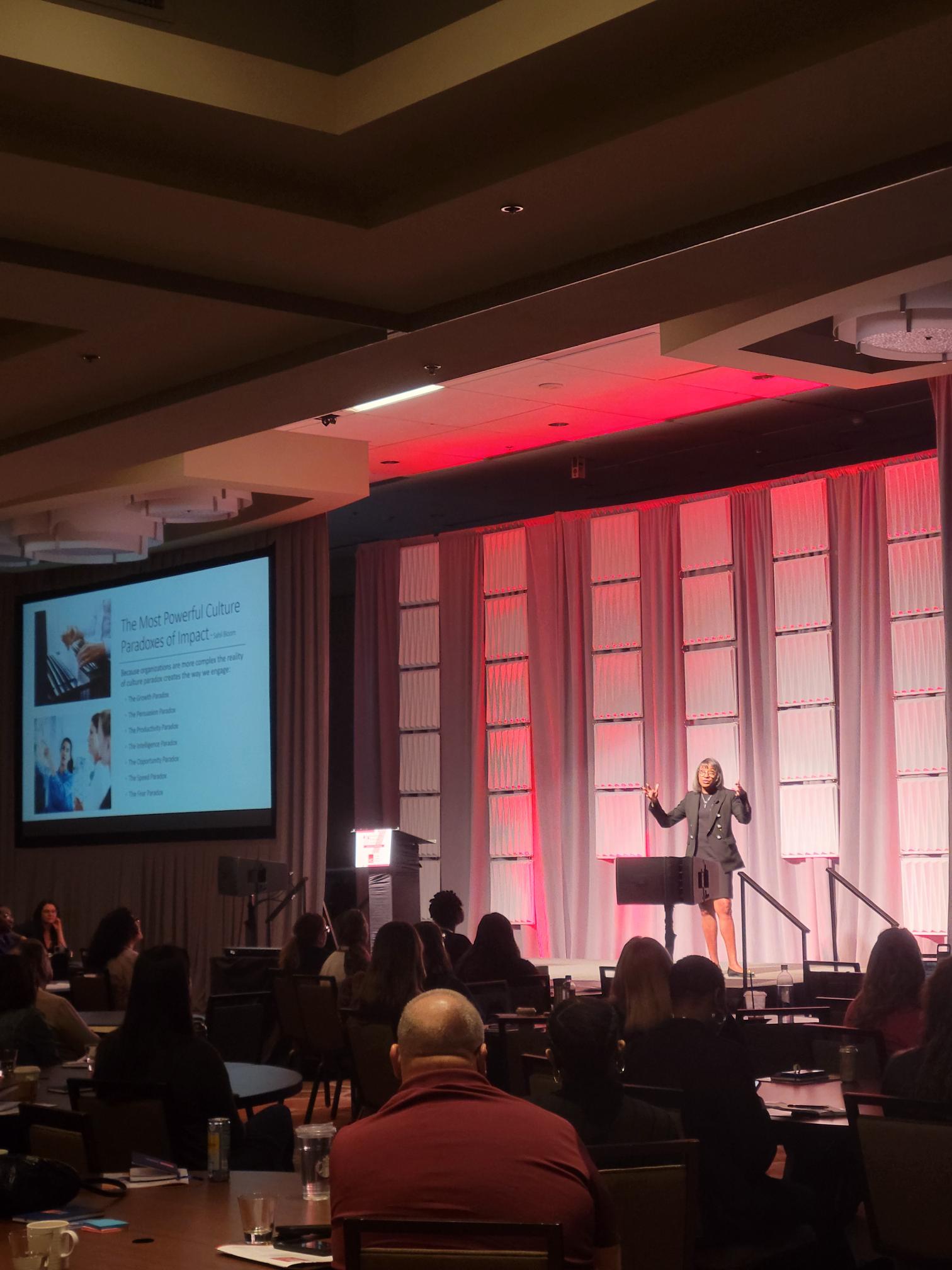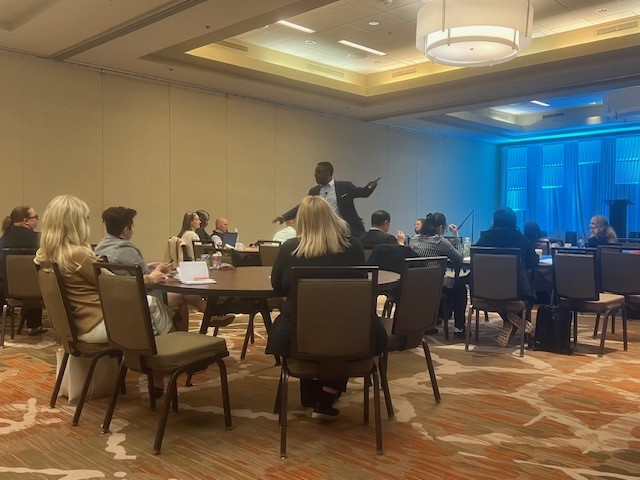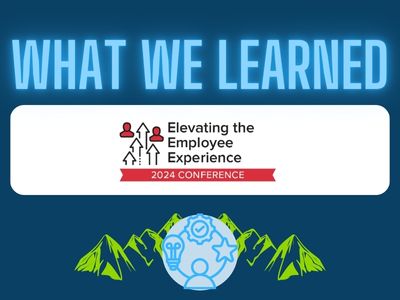HR Daily Advisor was in Denver, Colorado for HCI’s Elevating the Employee Experience (EEE) Conference last week! After three days of engaging speakers, here are some key takeaways we learned from last Friday’s sessions.
Navigating Paradoxes
DeRetta Cole Rhodes, EVP and Chief Culture Officer at the Atlanta Braves, says that employee engagement speaks t the culture of an organization. From onboarding to training to career development, “culture is how you are made to feel when you have an experience.” By quantifying these experiences, HR leaders can better track the health of their company culture.
One of the challenges to improving and growing culture is tackling paradoxes of impact. Some common ones that leaders face today are the growth, persuasion, productivity, intelligence, opportunity, speed, and fear paradox.
To combat these, Rhodes recommends that leaders
- Define mission values and organizational goals,
- Understand performance measures and are accountable for them,
- Develop a communication strategy that is congruent with every aspect of the organization,
- Provide consistent and frequent messaging, and
- Give yourself grace—remember that you’re committed in spite of the difficulties.
Integrating Care into the Employee Experience
77% of HR leaders said employees are fatigued, only 50% of employees trust their organization. To improve both employee engagement and reduce burnout, leaders should invest in choice architecture. Amanda Reid, Diversity Recruiting Program Manager at Cummins Inc, explains that “choice architecture makes it so easy to do the right thing and really hard to do the wrong thing.” By integrating these practices into every day work, leaders can create a culture of caring for the employee.
Design principles are one aspect of choice architecture. Strategies like nudging, which alters people’s behavior in a predictable way without forbidding options, can even be supplemented with automation. Behavioral science can further improve HR initiatives. For example, addressing organizational justice—like distributive, procedural, and informational justices—can help employees feel that things are fair, even if they don’t like the outcome. To ensure a positive employee experience, leaders must make workers feel represented in decision making processes.
AI’s Growing Role in HR
As George Rogers, Chief Culture Officer at Lighthouse Research & Advisory, describes it, “AI is my admin and intern.” As AI slowly and surely becomes a part of work life, both leaders and employees need to ensure that their use of the technology is ethical, responsible, and explainable.
For those that are resisting this change, AI has already transformed HR through:
- Nudges,
- Worker’s compensation,
- Retention prediction,
- Candidate screening,
- Pay equity analysis,
- Survey test analysis,
- Interview analytics,
- Performance feedback,
- Digital coaches, and
- Shifts and scheduling.
Ultimately, AI can enhance the employee experience when used as a performance enabler that benefits day-to-day functions.
Intentional Leadership
Dr. Shawnté Holland, Head of Employee Engagement at Vanguard, says, “Leadership is not a soft skill. It requires intention.” To be truly intentional about leadership, HR professionals must set a planning process cycle that:
- Monitors and evaluates decisions,
- Sets direction,
- Sets goals,
- Creates Strategies, and
- Plans action.
Within this process, leaders should implement both micro and macro behavioral changes. For example, when engaging with employees after they make a mistake, leaders must tell them the truth. On a micro level, telling the employee what happened with honesty and empathy is essential. Then, ask how you can support them as a leader. On the macro scale, leaders should incorporate recovering from mistakes into rewards and recognition.


Stay tuned for more coverage of HCI’s Elevating the Employee Experience!

